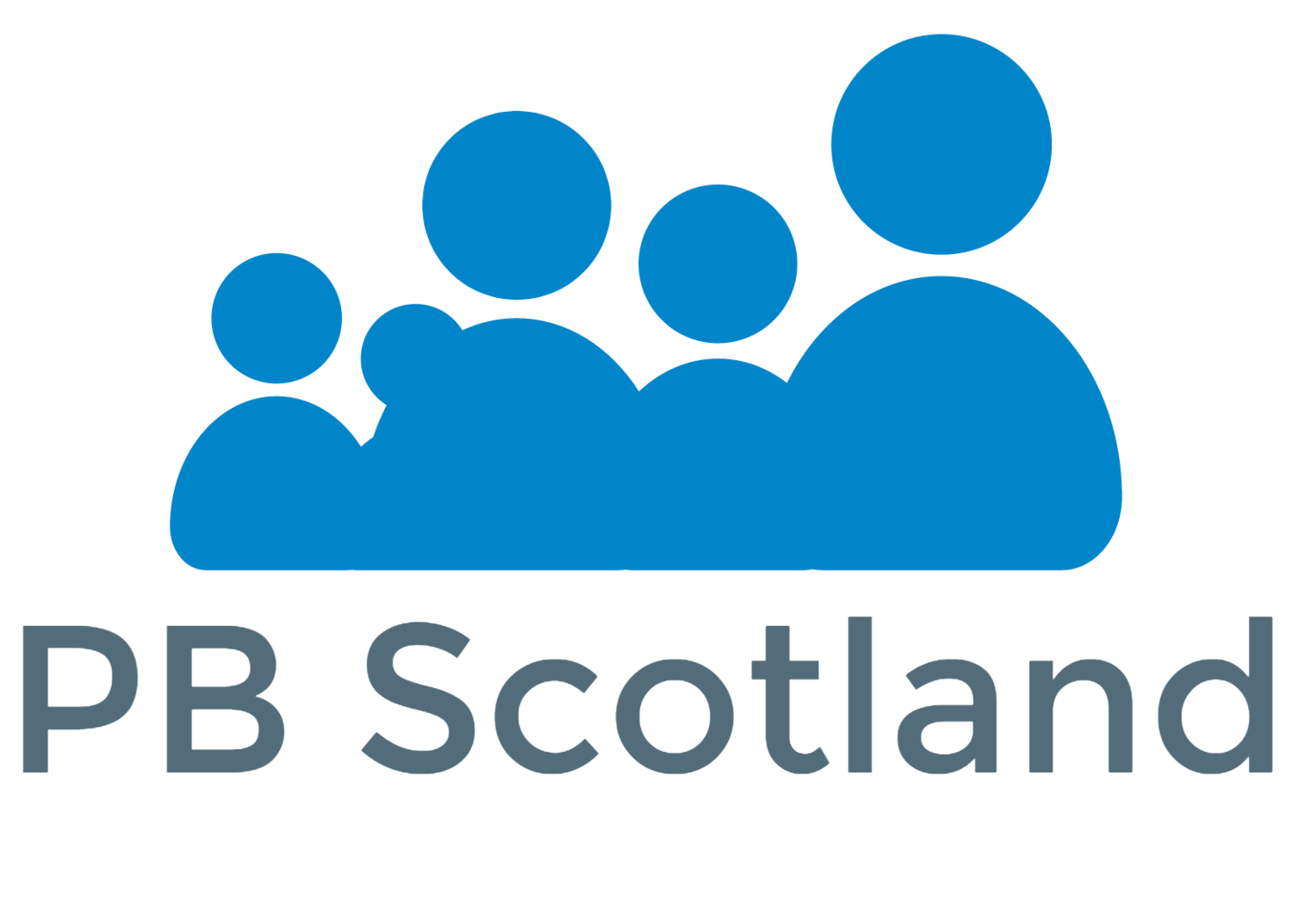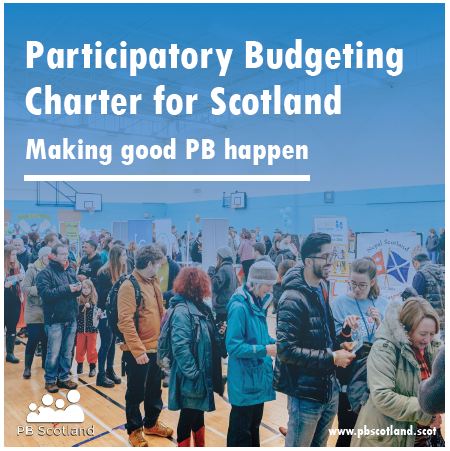Connecting the dots: PB and community development
/SCDC’s Communications Manager Sam Jordan shares his thoughts on how we talk about participatory budgeting and its connection to community development.
When I joined SCDC (which manages PB Scotland), it’s fair to say my grasp of what community development is was a little less attuned than it is now. Like participatory budgeting, community development has its own language, its historic background and value base that can, sometimes, require an awful lot of assumed knowledge.
It’s sometimes a complaint that ‘participatory budgeting’ is as hard to say as it is to explain, but it’s also an internationally recognised term that wraps up a significant amount of past experience and insights. We’ve seen it called different things in Scotland and beyond, but however it’s described, there’s fundamental principles that underpin PB – these are from Scotland’s PB Charter:
Fair and inclusive
Participatory
Deliberative
Empowering
Creative and flexible
Transparent
Part of our democracy
Already we can start to see connections to how community development plays out.
Thinking about the language
A big part of my job is thinking about we talk about the ideas and issues we face as part of our work support best practice in community development. One helpful way to do that is to distil concepts down to 60 second guides - a quick, social media-friendly way to explain big topics.
Breaking ideas down also help us to see how many of these concepts share the same foundations. The principles outlined in the PB Charter have a lot in common with how community development is described.
In our Community Development in 60 Seconds guide, we start with…
Community development is a process where people come together to take action on what's important to them.
And in our 60 second guide for PB we describe it as…
PB is a way for people to directly vote on how local money should be spent.
You can see the similarities in the language. For us, PB is one way for community development to take place in our communities. Community development’s aim of a “fairer, just and more inclusive society with strong communities at the heart of decision making” matches what we hope to see PB achieve in Scotland.
It’s why when designing PB processes, it’s vital we build in extensive capacity building to ensure everyone can take part equally, why creating opportunities for communities to come together to deliberate and share from each is so important - and why PB should be empowering for our communities, supporting them to take action on the issues that affect them.
Empowering communities to decide
Our experience shows how PB can provide the building blocks of so much community activity. At an individual level, it can give people the chance to truly have a say in how budgets are decided, creating that personal empowerment and interesting in getting involved further. For community organisations, it can provide a way to support better community engagement and expand their influence with decision makers and services. And at its core, PB done well aims to address the inequalities we see across our communities.
That’s why, for me, PB is one of the most exciting ways that community development can take place in our communities. Whether on a small-grants basis, or as part of mainstream budgets, it’s about those who know the issues and solutions best having a direct say on the budgets that can make change happen.






